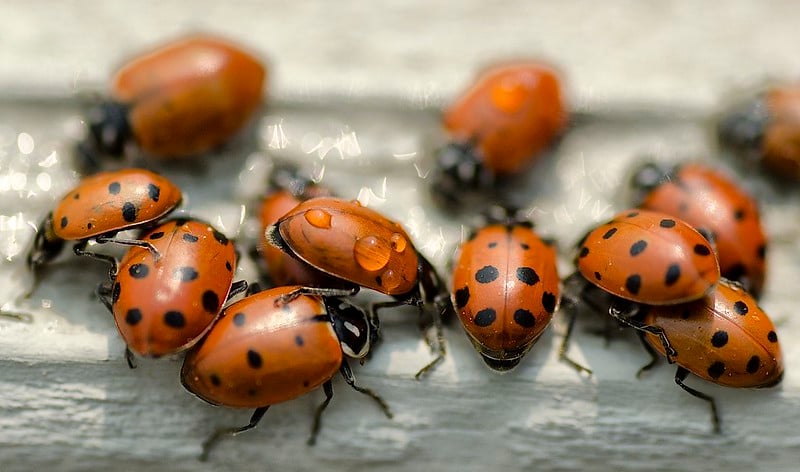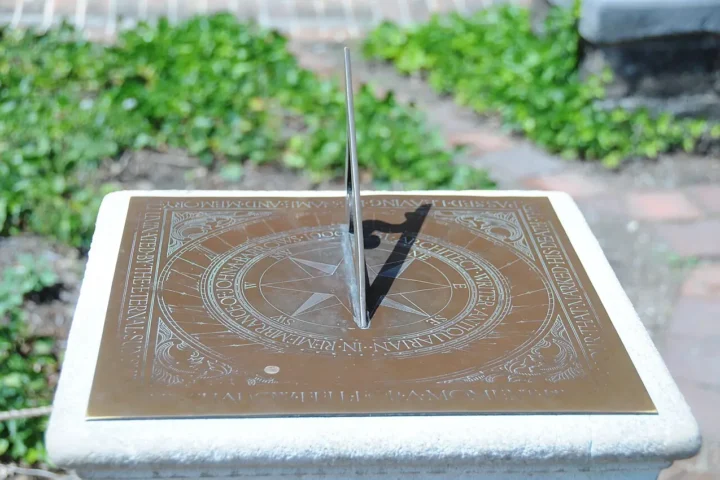Millions of ladybirds have descended on coastal towns across Essex and Suffolk, creating spectacular scenes as residents report being surrounded by the red-spotted insects.
The striking beetles have been spotted clustering on plants, driftwood, and beach structures at popular seaside locations including Clacton, Point Clear, Shoebury, and Felixstowe, with many residents expressing shock at the unprecedented numbers.
“There were just millions of them,” said one St Osyth resident. “I was in shock because I’ve never seen that many ladybirds all together at once. They were flying about, landing on my face and even on my dogs.”
The massive swarms are primarily attributed to the recent heat wave gripping the UK. According to the Met Office, June 2025 was England’s hottest June on record and the UK’s second hottest since 1884, with temperatures expected to reach 34°C in parts of the country this weekend.
Dr. Adrian Cooper, founder and chair of the Felixstowe Community Nature Reserve, explained the phenomenon: “There are several reasons for the swarm. Partly, it’s due to them being the harlequin species of ladybird. They were first seen in the UK in about 2004 and came from Eastern Europe, Russia and further east, and have multiplied hugely.”
Similar Posts
The non-native Harlequin ladybird (Harmonia axyridis) is now one of the most commonly seen ladybird species in the UK. Originally from Asia, these invasive beetles are larger than most native species and can be identified by their variable coloration, often appearing as either orange with multiple black spots or black with four red spots.
Scientists attribute the swarm to a combination of factors. The recent hot and humid weather has created ideal breeding conditions, while an abundance of aphids – the ladybirds’ primary food source – has allowed populations to flourish. The coastal environment, with its moisture-rich air, further attracts the insects.
This isn’t the first time the UK has experienced such an event. In 1976, during another exceptionally hot summer, an estimated 23 billion ladybirds swarmed southern and eastern England, according to the British Entomological and Natural History Society.
While generally harmless, Harlequin ladybirds can bite humans when hungry or disturbed, typically causing only minor irritation. They also release a yellow, foul-smelling defensive fluid called “reflex blood” when threatened, which can stain furniture and fabrics.
Environmental experts express concern about the Harlequin’s impact on Britain’s 46 native ladybird species. These voracious predators not only compete for food but also prey directly on the eggs and larvae of native ladybirds, contributing to their decline.
The swarms are expected to be short-lived as the insects disperse in search of food or begin preparing for hibernation. For now, residents along the Essex and Suffolk coasts are witnessing one of nature’s most unusual spectacles – millions of these spotted visitors temporarily transforming their seaside communities.



















